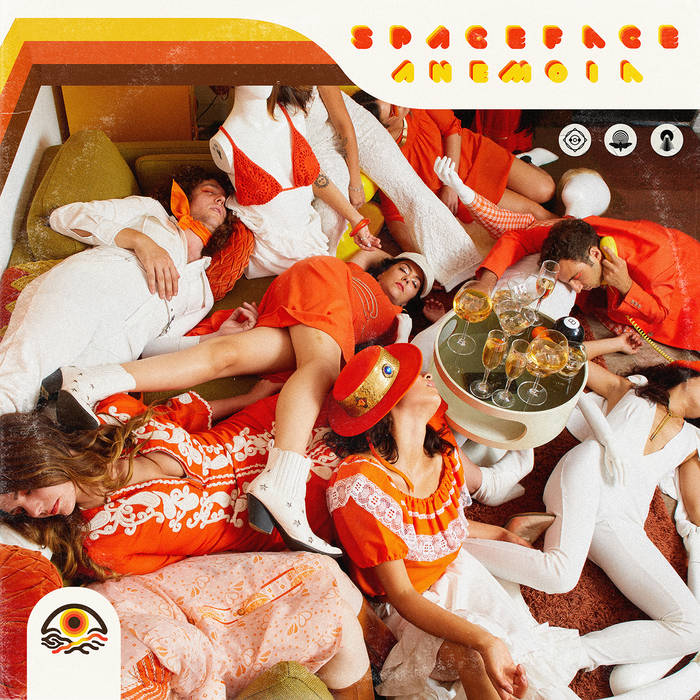Spaceface call themselves “retro futurist dream rock” but at the same time they say you can “call them psychedelic pop.” Perhaps that tongue in cheek, ironic pretentiousness is the best way to summarise their new album Anemoia. At its core is a fun, catchy pop album, but on its exterior is an indie veneer that uses terms like “post-disco” and “dream-pop” with a self aware wink.
The band have been around for a while perfecting their sound, as well as coming up for varying adjectives for it. This album sees the likes of Labrys and Mikaela Davis provide guest vocals that add to Spaceface’s indie-disco vibe. There’s a strong collaborative effort to the album that’s emphasised by the guests recording their sections from all across the globe. Overall though, the appearances are nice but Anemoia never ventures far from what the band’s fans should expect.
It’s fitting that “anemoia” is defined as a nostalgia for a time that you never experienced. Spaceface’s sound echoes their disco, funk and psychedelic rock inspirations. As an album however, Anemoia flirts between the idea of nostalgia for a time long passed with genuine déjà vu for albums not long passed at all.
For example, the band themselves point out that the production has the feeling of MGMT or Tame Impala. At times it comes across like they took inspiration from the likes of Funkadelic and tried to modernise it only to arrive at the conclusion that they’re not the first to do so. This sounds harsher than it is; Anemoia is still a good album, it just doesn’t present much new. Given the options out there, it’s hard to imagine one listening to this years from now over the likes of Spaceface’s contemporaries. Maybe that’s why the band envelops the album with indie buzzwords.
Still, that’s not to say it’s not worth listening to. There’s a very relaxing atmosphere to Anemoia. The balance of acoustics with synthesisers and drum machines creates a truly groovy feel. While it might not blow people away, it’s a fun addition to the indie pop genre.
